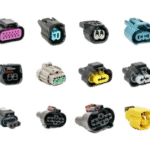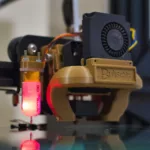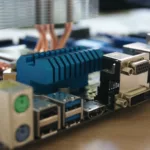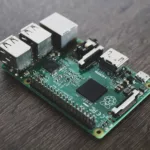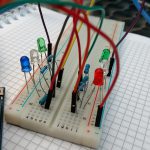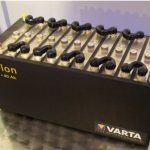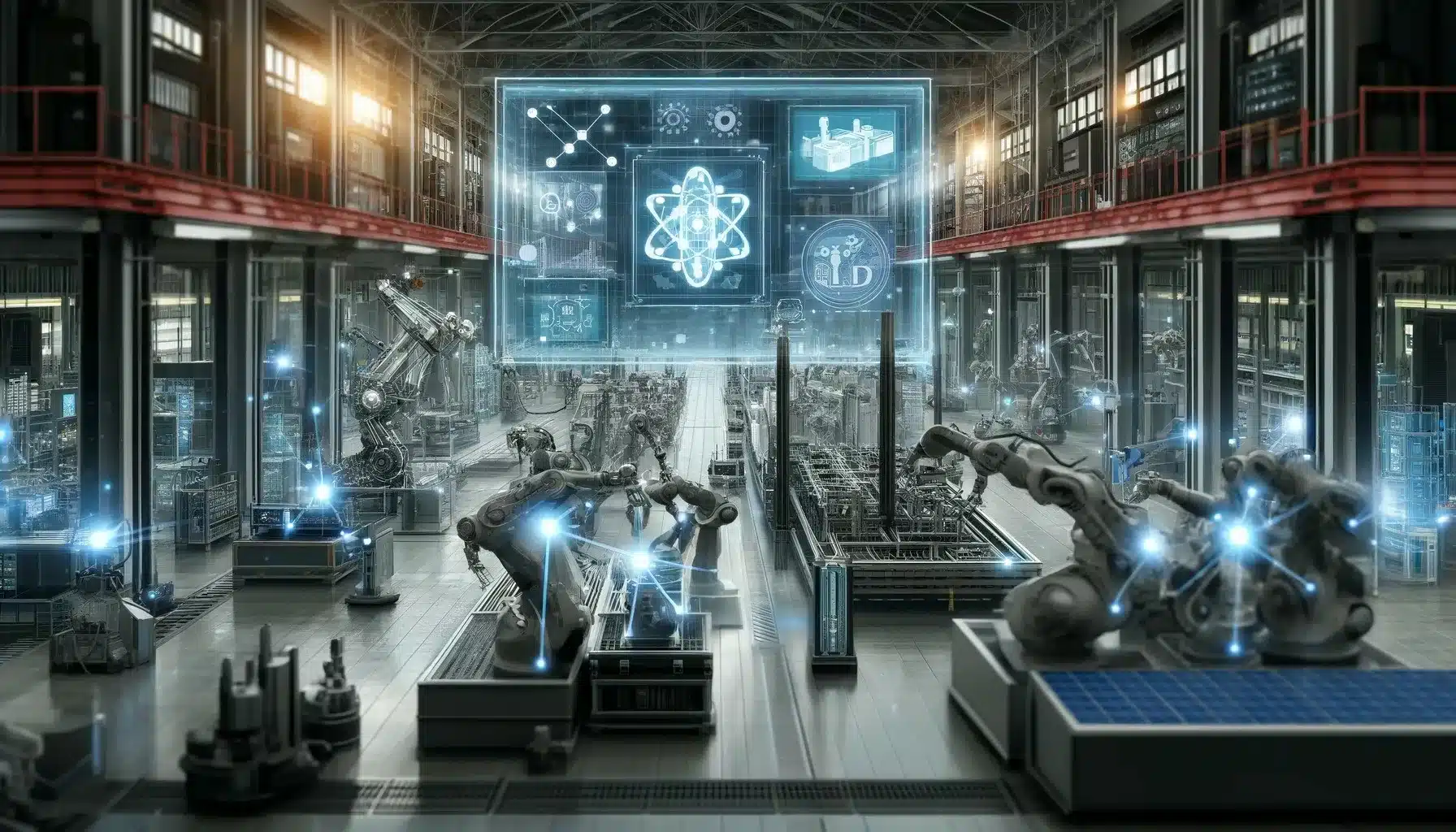
Introduction
The manufacturing sector is consistently undergoing significant transformation, driven by successfully integrating advanced technologies like Robotics, Artificial Intelligence (AI), and the Internet of Things (IoT). The integration of these technologies represents a significant leap forward in how products are designed, manufactured, and distributed. Moreover, this amalgamation is reshaping traditional manufacturing processes, paving the way for what experts call next-generation manufacturing. This article describes how these cutting-edge technologies are reshaping the future of manufacturing, driving synergetic benefits in terms of enhanced efficiency, productivity, and flexibility.
The Synergy of Robotics, AI, and IoT in Next-Gen Manufacturing: Exploring Their Benefits
Traditionally, manufacturing has been a labour-intensive sector, characterised by repetitive tasks, human errors, and limited flexibility. However, when Robotics, AI, and IoT work in concert, they create a highly efficient and responsive manufacturing ecosystem. This synergy enables smart factories, where all components are interconnected and communicate seamlessly with each other. In such an environment, a robot on the production line can detect a defect in a component and immediately adjust its operations or notify other systems to reroute resources. Simultaneously, AI can analyse this data to improve the predictive algorithms, and next-generation IoT ensures all relevant stakeholders have access to real-time information.
This integrated approach boosts efficiency and enhances customisation capabilities in manufacturing. It allows manufacturers to quickly adapt to changes in market demand or to customise products on the fly without significant downtime or reconfiguration, ensuring the availability of mass customization and more personalised consumer products.
Robotics in Manufacturing: The Backbone of Modern Production Lines
Robotics has long been a staple in manufacturing, primarily handling repetitive tasks that require precision and endurance beyond human capabilities. The latest advancements in robotics––next-gen robotics integrate more sophisticated sensors and adaptive control systems, allowing robots to perform complex tasks such as assembling intricate electronic components. These robots can adapt to new tasks through programming, making them invaluable in environments where customisation and flexibility are key.
Moreover, collaborative robots (cobots) are designed to work alongside humans without needing safety cages. Cobots feature advanced sensors and AI-driven vision systems, ensuring they operate safely in shared spaces. This cooperation between humans and robots leverages the strengths of both—robots handle monotonous or physically strenuous tasks while humans focus on tasks requiring creativity and complex decision-making.
Artificial Intelligence in Manufacturing
AI’s role in manufacturing is centred around data interpretation, decision-making, and predictive analytics. Machine learning algorithms can analyse the data generated on the factory floor, precisely identifying patterns and anomalies that would be impossible for humans to detect in a timely manner. This capability enables predictive maintenance, where AI predicts earlier equipment failures, significantly reducing downtime and maintenance costs.
AI also revolutionises quality control processes. Through computer vision systems, AI can inspect products with a level of accuracy and speed far superior to human inspectors. This improves product quality, reduces waste, and increases the overall throughput of manufacturing processes.
Internet of Things in Manufacturing: Connecting and Optimising Operations
IoT acts as the connective tissue in modern manufacturing environments, linking machines, products, and systems into a cohesive network. IoT devices precisely collect and transmit data, providing a holistic view of the production process. This interconnectedness allows real-time monitoring and control, which is fundamental in optimising manufacturing operations and supply chains.
For example, IoT sensors can track goods’ conditions throughout the supply chain, ensuring environmental conditions such as temperature and humidity are maintained within necessary parameters. This capability is particularly crucial in industries where product integrity is essential.
Challenges and Considerations in robotics
Despite the vast benefits, the integration of robotics, AI, and IoT in manufacturing also presents challenges. Cybersecurity is a significant concern, as increased connectivity also increases vulnerability to cyberattacks. Manufacturers must implement robust security protocols and continuously update them to protect their operations and data.
Furthermore, the transition to a more automated and technology-driven manufacturing environment requires a shift in the workforce. There is a growing need for skills in robotics management, AI development, and IoT integration. This necessitates ongoing training and education programs to prepare the workforce for future jobs.
Final Words
Robotics, AI, and IoT integration are setting a new standard for manufacturing, leading to smarter, more efficient, and more responsive production processes. As manufacturers embrace these technologies, they position themselves at the forefront of the industry, poised to thrive in the era of smart, interconnected factories. However, success requires careful planning, investment, and a commitment to adaptability in the face of rapid technological change.






